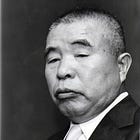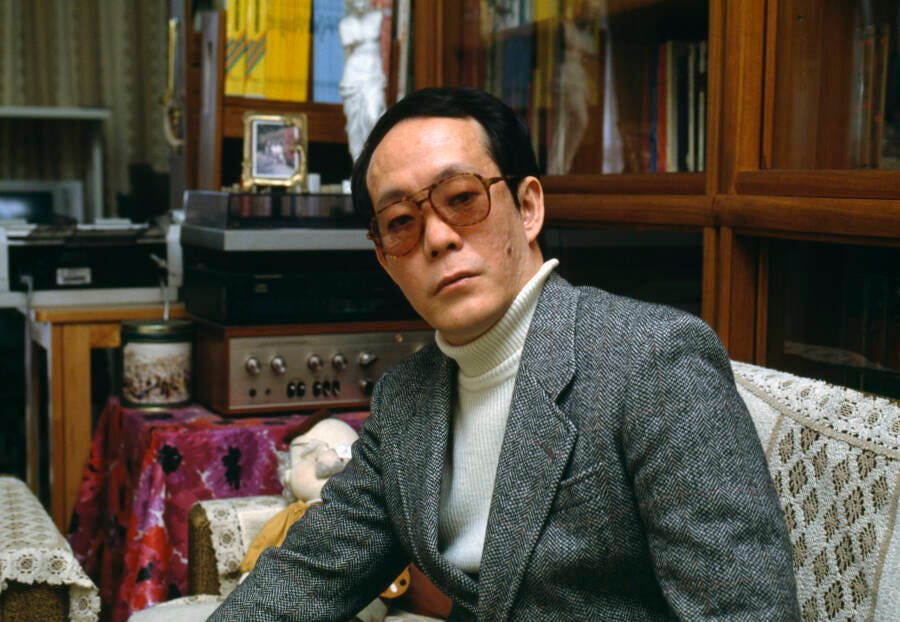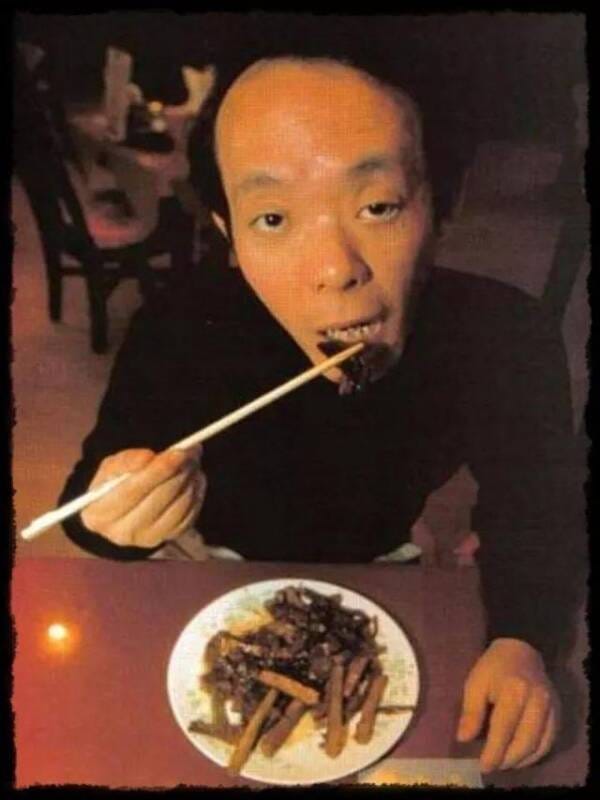Issei Sagawa’s story has been covered by so many places that I almost didn’t bother writing about him. The research to write this was not difficult and I felt that he would be another colourful character to my Substack.
If you like stories of colourful characters, you’ll love this one too! Kodama was one of the most famous behind-the-scenes power brokers of the 20th century in Japan.
A cannibal… A monster
Issei Sagawa fulfilled a 32-year-old dream when he murdered, dismembered and devoured Renée Hartevelt in 1981 and got away with it too. He remains one of the most notorious figures in contemporary Japanese history. His heinous actions, coupled with the bizarre trajectory of his life post-crime, have made him a subject of fascination and revulsion. This Subtack post seeks to explore Sagawa's story, the cultural impact of his actions, and the questions it raises about morality, justice, and societal fascination with true crime.
Born in Kobe, Sagawa had a troubled childhood marked by his struggles with obesity and psychological issues. He developed a fascination with cannibalism at a young age, which would later manifest in horrifying ways. Sagawa’s life took a dark turn while he was studying in France at the age of 24. There, he became infatuated with a fellow student, Renée Hartevelt, which would lead to one of the most shocking crimes in modern history.

In June 1981, Sagawa invited Hartevelt to his apartment under the pretense of discussing his poetry. After luring her in, he brutally murdered her, engaging in acts of necrophilia and cannibalism. The crime was not just heinous; it was marked by its shocking details, as Sagawa consumed parts of Hartevelt’s body over several days.
Following his arrest, Sagawa was declared legally insane and was eventually sent back to Japan after spending only a short time in a French psychiatric facility. In Japan, he faced no legal repercussions for his crime due to his mental health status. This outcome sparked outrage and deep philosophical questions about justice and accountability.
After returning to Japan, Sagawa became something of a media sensation. Rather than fading into obscurity, he capitalized on his notoriety, appearing in interviews, documentaries, and even releasing books. His celebrity status was controversial, raising ethical questions about the media's role in sensationalizing crime and the public’s morbid curiosity.
The phenomenon of Sagawa reflects a broader societal fascination with true crime, where audiences are drawn to stories of violence and depravity. In many ways, Sagawa became a grotesque figure of pop culture, embodying a dark side of human nature that both horrifies and intrigues.
Issei Sagawa’s case has had lasting implications in Japan and beyond. It has inspired numerous discussions about mental health, criminal justice, and the ethics of fame. Critics argue that the glorification of criminals like Sagawa trivializes the pain of victims and their families, contributing to a culture that sensationalizes violence for entertainment.
Moreover, Sagawa's story has influenced various forms of art, literature, and film, showcasing the complex interplay between crime, morality, and culture. It poses difficult questions about the nature of evil and the human capacity for both horror and fascination. His life is a chilling reminder of the darkness that can reside within individuals and the societal structures that both condemn and enable such behaviors.
Rionne McAvoy is the director of the award-winning documentary The One's Left Behind: The Plight of Single Mothers in Japan, showcasing his dedication to addressing pressing social issues. A committed documentary filmmaker and professional wrestler, he explores critical themes with passion and insight. Additionally, he has a keen interest in post-World War II Japan, particularly the intricate connections between politicians and gangsters during that era. Known in the wrestling ring as Rionne Fujiwara, he brings the same determination and storytelling prowess from his wrestling persona to his filmmaking endeavors.









